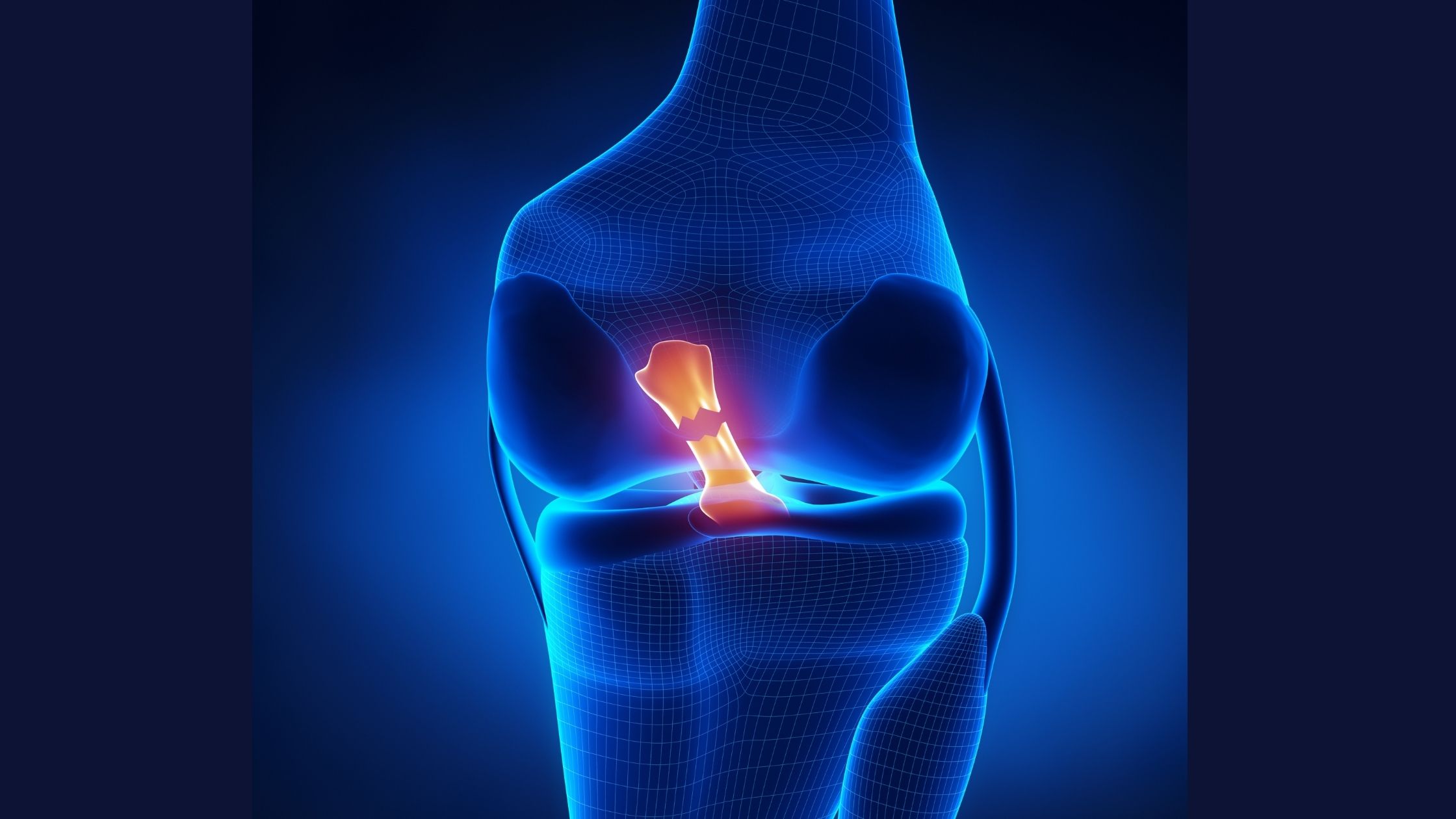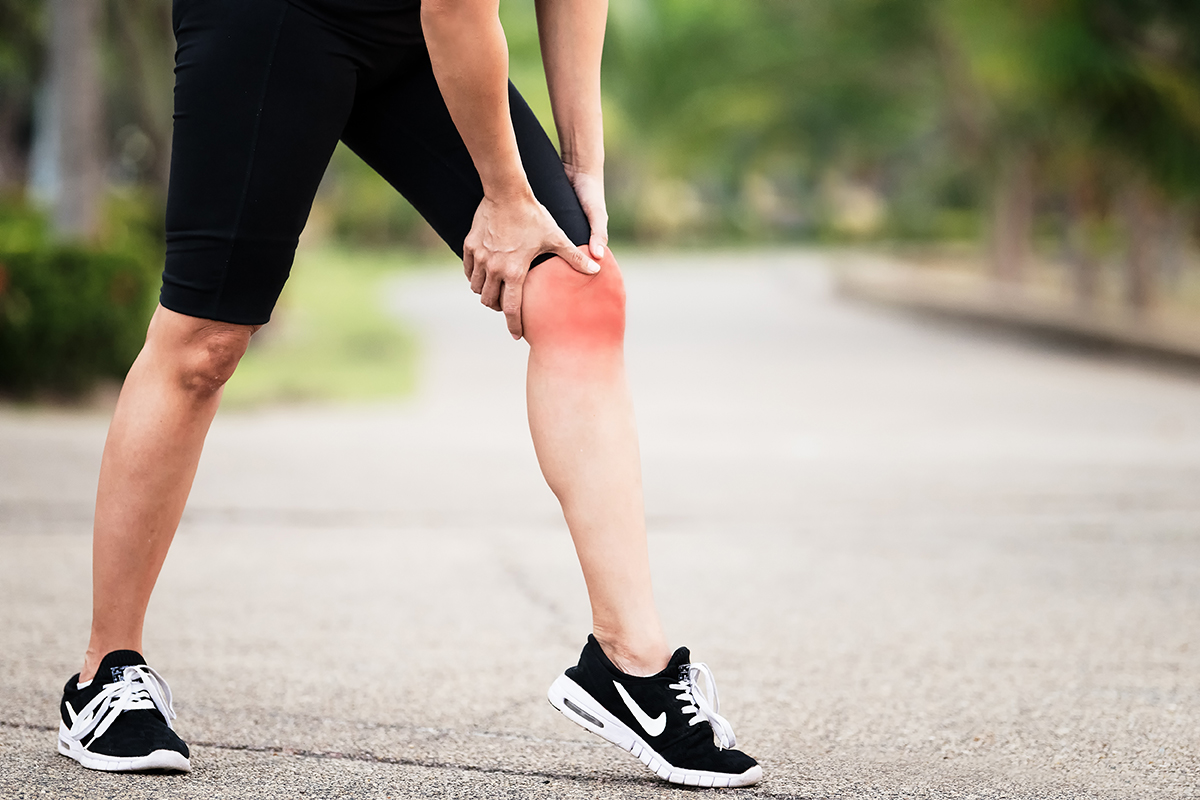An anterior cruciate ligament (ACL) tear is a common but serious knee injury, especially among athletes. Recovery from an ACL tear is a structured process that involves careful planning and adherence to rehabilitation protocols. This comprehensive guide outlines the steps necessary to optimize recovery from an ACL tear, focusing on the keyword ‘ACL tear recovery’.

Understanding An ACL Tear
The ACL is one of the key ligaments that help stabilize the knee joint. It is often injured during sports that involve sudden stops and changes in direction. An ACL tear is typically accompanied by a ‘popping’ sound, followed by pain and swelling.
Immediate Steps Post-Injury
The initial phase after an ACL tear is critical. The R.I.C.E. method (Rest, Ice, Compression, Elevation) should be applied to reduce swelling and pain. Consult a healthcare professional for an accurate diagnosis and to discuss treatment options.
Treatment Options
Treatment for an ACL tear may vary from conservative management to surgical intervention, depending on the severity of the injury and the individual’s activity level. ACL reconstruction surgery is often recommended for complete tears, especially for those wishing to return to high-level physical activities.
Post-Surgery Rehabilitation
Rehabilitation after ACL surgery is a multi-phase process:
- Early Recovery: Focuses on reducing swelling, regaining full knee extension, and starting gentle exercises to maintain muscle tone.
- Strength Building: As healing progresses, exercises become more rigorous to rebuild strength, particularly in the quadriceps and hamstrings.
- Functional Training: Involves sport-specific drills to prepare for a return to athletic activities.

Physical Therapy
Physical therapy is a cornerstone of ACL tear recovery. A physical therapist will guide you through exercises designed to restore range of motion, strength, and stability to the knee.
Nutrition and Supplementation
A balanced diet rich in proteins, vitamins, and minerals supports tissue repair. Omega-3 fatty acids and vitamin C supplements may also aid in the recovery process.
Mental and Emotional Support
Recovering from an ACL tear can be mentally challenging. Support from family, friends, and mental health professionals can be beneficial. Setting small, achievable goals can help maintain a positive outlook.
Injury Prevention
Once recovered, it’s important to focus on injury prevention. Proper warm-up routines, strength training, and technique refinement can reduce the risk of future ACL injuries.
Returning to Sports
The timeline for returning to sports varies, but it usually takes six to nine months. A gradual return to activity is recommended, and clearance from a healthcare provider is essential before resuming full sports participation.
Conclusion
Recovering from an ACL tear is a journey that requires patience, dedication, and a well-structured rehabilitation plan. By following these guidelines, individuals can work towards a successful recovery and a return to their pre-injury level of activity.
Read More: Cardiovascular Diseases: Prevention and Management

